
Japanese sushi, a culinary art steeped in tradition and innovation, unfolds as a diverse and nuanced tapestry of flavors, textures, and cultural expressions. At its heart lies nigiri, a symphony of raw fish delicately perched atop sushi rice, offering captivating options that contribute to a unique and nuanced taste experience. As patrons explore diverse nigiri choices, they embark on a culinary journey that goes beyond the familiar terrain of tuna, savoring the artistry and innovation defining the world of Japanese sushi.
Types of Japanese Sushi
Nigiri – A Symphony of Flavors
At the heart of traditional Japanese sushi lies nigiri, an exquisite harmony of raw fish delicately perched atop a rectangular block of sushi rice. This classic sushi form tends to forgo nori, allowing the pure essence of the fish and rice to shine. Within the realm of nigiri, various captivating options present themselves, each contributing to a unique and nuanced taste experience.

Maguro – Tuna Varieties
Maguro, the focal point of many nigiri compositions, unfolds its diverse spectrum through various cuts. From the cost-effective akami, featuring red meat with no fat, to the more indulgent chutoro with a hint of fat in the middle belly, and finally, the luxurious otoro, boasting a rich, fatty belly that melts like butter, maguro encapsulates the epitome of sushi indulgence. The gradation of cuts not only offers a range of textures but also caters to different preferences and budgets.
Other Nigiri Varieties:
The world of nigiri extends far beyond the illustrious realm of tuna, revealing a captivating array of options that showcase the versatility and creativity of sushi chefs. Each piece of nigiri, meticulously crafted by skilled hands, serves as a canvas for a symphony of flavors and textures, captivating the senses and inviting patrons to explore the diverse offerings within this traditional Japanese delicacy.

Ika (Squid):
Ika, or squid nigiri, presents a delightful medley of textures. With a subtle chewiness and a mild sweetness, squid nigiri provides a refreshing departure from the richness of tuna. Sushi connoisseurs appreciate the tender, almost buttery quality that skilled chefs bring out in each bite, making ika nigiri a sought-after choice for those seeking a nuanced seafood experience.
Tako (Octopus):
Tako nigiri introduces a unique combination of tenderness and bite. Skillfully prepared octopus offers a delicate chewiness that is both satisfying and flavorful. The interplay between the octopus’s natural sweetness and the seasoned sushi rice creates a harmonious balance that elevates tako nigiri to a delectable creation appreciated by those with adventurous palates.
Unagi and Anago (Freshwater and Saltwater Eel):
The inclusion of unagi (freshwater eel) and anago (saltwater eel) in nigiri adds a touch of indulgence to the sushi repertoire. Unagi nigiri typically features a sweet and savory glaze, imparting a luscious, caramelized flavor to the eel. Anago, on the other hand, offers a lighter, more delicate taste, showcasing the eel’s natural essence. Both varieties demonstrate the chef’s mastery in balancing flavors and textures, turning eel nigiri into a sophisticated treat for sushi enthusiasts.
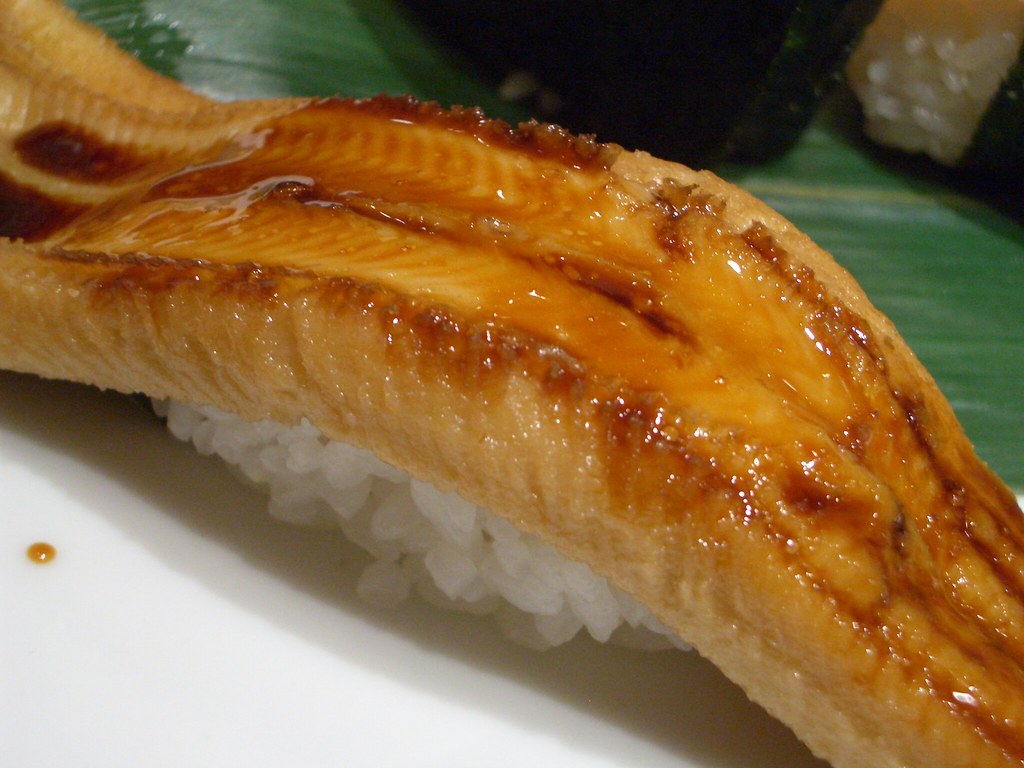
Tamago (Sweet Egg):
Tamago nigiri stands as a testament to the artistry of sushi chefs. This sweet egg omelet, layered atop a compact block of sushi rice, delivers a contrast of textures and flavors. The subtly sweet, fluffy tamago provides a comforting and satisfying note, showcasing the chef’s finesse in transforming a seemingly simple ingredient into a delicacy that complements the sushi experience.
Inari (Fried Tofu Pockets with Sushi Rice Inside):
Inari nigiri introduces a vegetarian delight, featuring fried tofu pockets generously filled with seasoned sushi rice. The slightly sweet and savory combination of the tofu pocket and rice offers a unique textural experience. Inari nigiri caters to those seeking a plant-based option without compromising on the rich and nuanced flavors inherent in traditional nigiri.

As patrons explore these diverse nigiri options, they embark on a culinary journey that goes beyond the familiar terrain of tuna, savoring the artistry and innovation that defines the world of Japanese sushi. Each bite tells a story of meticulous craftsmanship and a commitment to creating a symphony of tastes that linger on the palate, ensuring an unforgettable dining experience.

Maki – A Creative Symphony
The world of maki, or rolled sushi, unveils a burst of creativity that adds a dynamic dimension to the sushi landscape. Each roll tells a story, paying homage to historical tekkaba gambling rooms, drawing inspiration from mythological creatures, and incorporating unique ingredients to create a tapestry of flavors.
Regular Maki Varieties:
Tekka Maki (Tuna) – Tekka maki, a tribute to the historic tekkaba gambling rooms popular during the Edo and Meiji periods, features a simple yet flavorful combination of tuna and sushi rice. The legacy of tekkaba comes alive in each bite, offering a connection to sushi’s rich history.
Kappa Maki (Cucumber) – (Likely) Inspired by the Japanese mythological creature Kappa, kappa maki delights in the crisp freshness of cucumber. This roll showcases a harmonious blend of textures, capturing the essence of the creature’s affinity for cucumbers found in rivers.

Natto Maki – Natto maki introduces fermented soybeans into the maki repertoire, offering a unique and savory twist. The distinct flavor profile of natto adds complexity to the roll, creating an adventurous choice for those seeking innovative sushi experiences.

Japanese Pickles Maki – The addition of Japanese pickles to maki brings a tangy crunch, elevating the roll with a burst of acidity. This variation demonstrates the versatility of maki, incorporating traditional pickled flavors into a contemporary sushi creation.

Wasabi Roll! – Yukari, a vintage Tokyo restaurant in Harajuku, takes a bold approach by featuring a roll with nothing but wasabi (green Japanese horseradish) inside. This unconventional creation showcases the restaurant’s commitment to pushing the boundaries of traditional sushi.
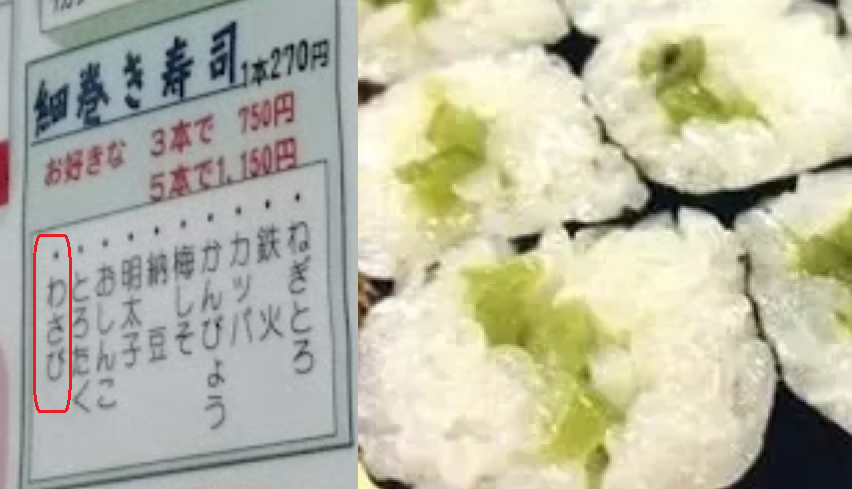
Other Maki Varieties – The exploration of maki extends beyond the conventional, introducing a variety of innovative and visually striking rolls that redefine the sushi experience.
Uramaki (Inside-Out Roll) – Uramaki challenges the traditional roll by placing rice on the outside, creating a visually appealing and flavorful experience. Filled with an array of ingredients, uramaki invites diners to savor a fusion of flavors in every bite.
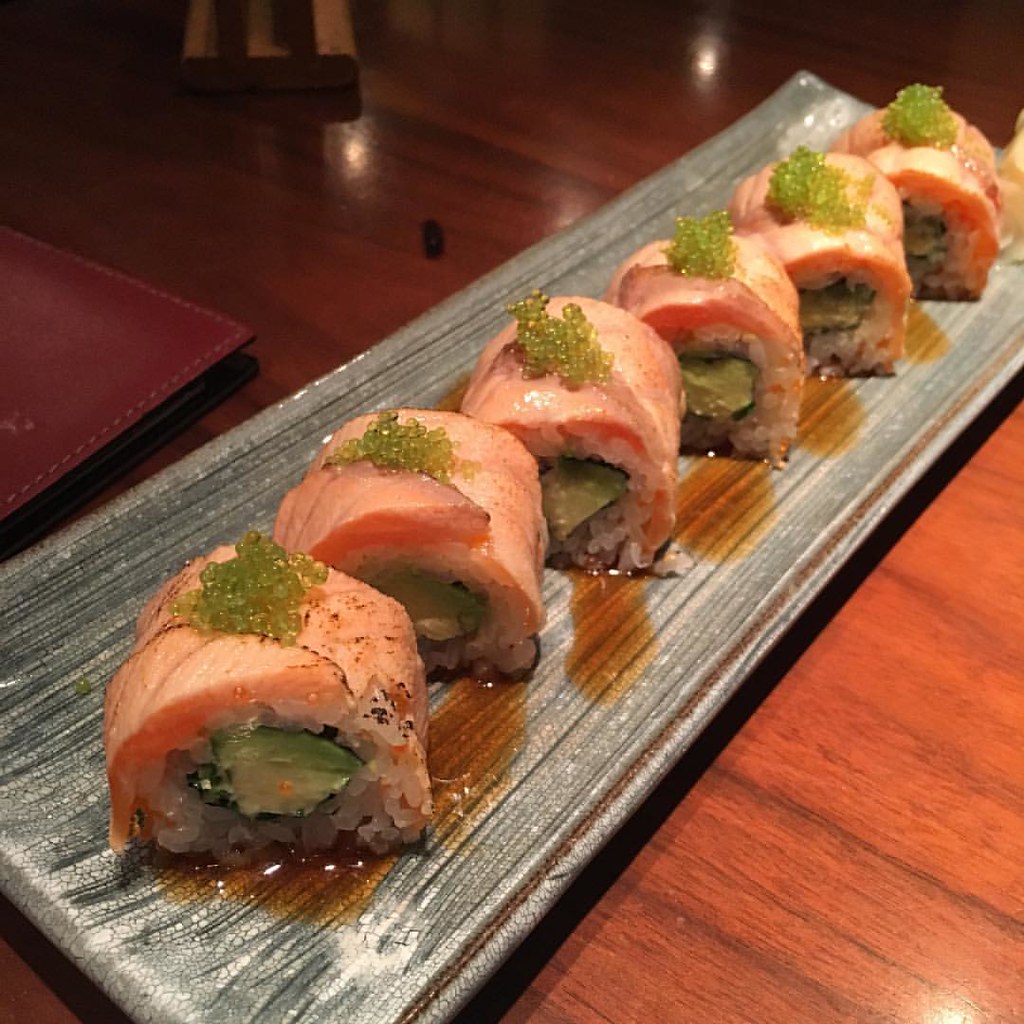
Temaki (Hand-Rolled Cone) – Temaki, the hand-rolled cone-shaped sushi, offers a playful and interactive dining experience. Often favored at home sushi parties, temaki allows individuals to customize their rolls with a variety of fillings, making it a delightful and communal sushi option.
In exploring these diverse maki varieties, sushi enthusiasts embark on a journey of innovation and tradition, savoring the artistry and ingenuity that define the world of Japanese rolled sushi. Each roll becomes a unique expression of culinary craftsmanship, inviting patrons to indulge in a symphony of flavors and textures.
Gunkanmaki (Warship Roll) – A Culinary Voyage Beyond Traditional Boundaries
Gunkanmaki, aptly named for its resemblance to warships, transcends the conventional sushi experience by offering a vessel for a diverse array of exquisite ingredients. While fish eggs are a hallmark of gunkanmaki, they represent just one facet of this versatile and creative sushi variety.

Uni (Sea Urchin) – Uni, the enigmatic delicacy sourced from the depths of the ocean, is an acquired taste that elevates the sushi experience to new heights. With its captivating blend of flavors and textures, uni has become a sought-after treat for sushi connoisseurs.
Uni from Hokkaido, renowned for its pristine waters and optimal conditions, offers a distinctive profile that captures the essence of freshness. The uni’s delicate sweetness intertwines with a tantalizing richness, creating a harmonious dance on the palate.

Fresh uni from Hokkaido stands out not only for its sweetness but also for its vibrant and delectable taste. However, the allure of uni comes with a caveat – it is an ingredient that begins to age rapidly after harvest. The window of freshness is crucial, and once uni starts to lose its vitality, it can shift from a sublime sweetness to a potential bitterness, detracting from the overall experience.
Uni from Hokkaido benefits from the region’s cold and nutrient-rich waters, fostering an environment where sea urchins thrive. The result is an uni that embodies the pure essence of the ocean, delivering a taste that is both luxurious and memorable.
In the world of sushi, where precision and quality reign supreme, the allure of uni lies in the delicate balance between sweetness and freshness. For those willing to embark on this culinary adventure, savoring fresh uni from Hokkaido provides a glimpse into the exquisite and nuanced world of sea urchin delicacies.
Fake Crab Salad – A delightful imitation of crab meat, this filling adds a layer of sweetness and complexity to the warship roll.
Sweet Corn – The natural sweetness of corn provides a refreshing and crunchy element, enhancing the overall flavor profile.
Chopped Small Scallops – Tender and succulent, chopped small scallops contribute a luxurious texture to the gunkanmaki.
Fish Eggs Extravaganza:

Examples of some gunkanmaki featuring fish eggs include:
Tobiko (Flying Fish Eggs) – Small, crunchy, and bursting with flavor, tobiko adds a delightful texture to gunkanmaki.
Ikura (Salmon Eggs) – Hailing from the Russian word “ikra” for salmon eggs, ikura brings a rich and indulgent taste to this warship roll.
Mentaiko and Karashi (Spicy Cod Roe) – Offering a kick of spiciness, these additions contribute to the diverse flavor profile of gunkanmaki.
Endless Possibilities:
These examples merely scratch the surface, as gunkanmaki welcomes an extensive array of ingredients, allowing sushi chefs and enthusiasts to embark on a culinary voyage limited only by creativity. The warship-like structure of the roll not only holds traditional fish eggs but becomes a canvas for innovative and delectable combinations, making each gunkanmaki a unique and delightful creation.
Oshi Sushi – A Symphony of Layers:
Originating from the Kansai region, Oshi sushi is a culinary masterpiece that unveils the art of pressed and layered sushi. This style exemplifies the regional diversity within Japan, where each layer represents not only a distinct flavor but also a cultural expression. The meticulous arrangement of ingredients and the skillful application of pressure create a harmonious marriage of textures, setting Oshi sushi apart as a unique and delightful form within the world of sushi.
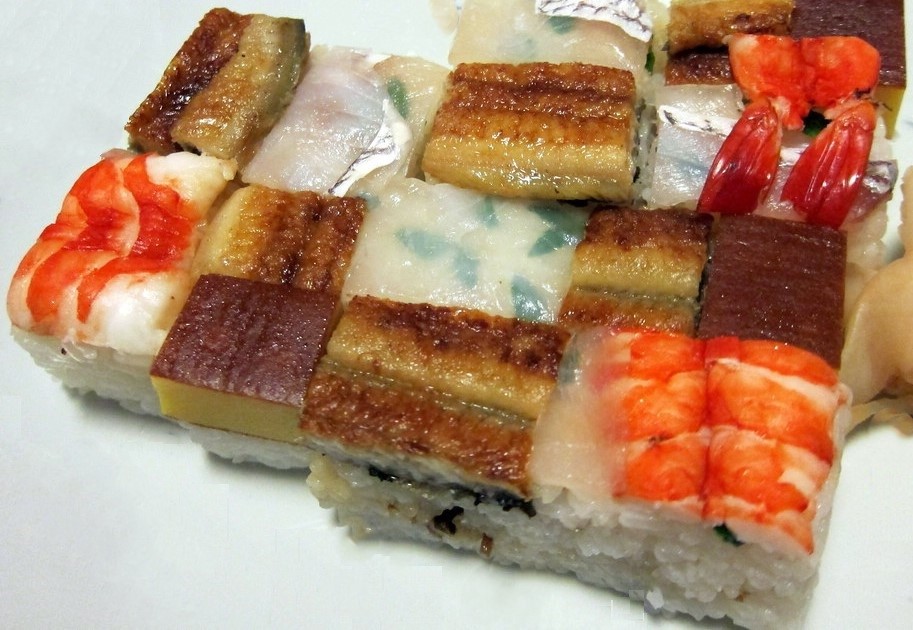
Chirashi – A Visual Feast in a Bowl:
Chirashi, a manifestation of sushi artistry, transforms the dining experience into a visual feast. This style features raw fish thoughtfully arranged over a bowl of rice in a donburi fashion. The array of colors, textures, and flavors in a Chirashi bowl reflects the versatility inherent in sushi crafting. With its creative presentation, Chirashi not only captures the essence of Japanese culinary finesse but also invites diners to savor the diverse tastes of the ocean atop a canvas of seasoned rice. Together, Oshi and Chirashi represent the unleashed possibilities of sushi, highlighting the culinary artistry and cultural richness deeply embedded in this iconic Japanese dish.
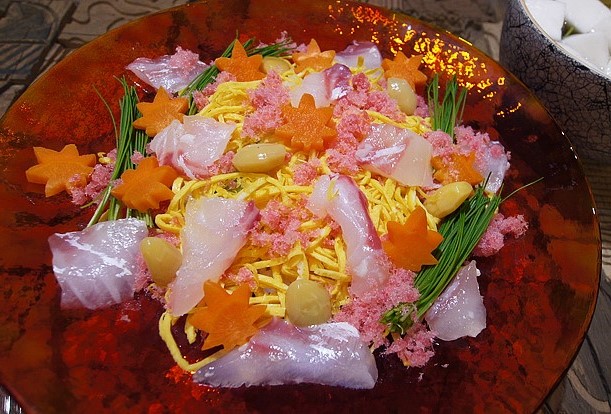
Narezushi: A Fermented Tradition
One distinct category in the rich tapestry of sushi history is Narezushi. Originating in Southeast Asia and later finding its way to Japan, Narezushi involves the lacto-fermentation of freshwater fish. This ancient culinary art gained prominence in Japan, coining the term “narezushi” to represent its distinctive preparation. Interestingly, while Narezushi persisted in traditional Japanese cuisine, other parts of Asia continued to embrace the fermentation of freshwater fish, showcasing the regional variations of this age-old practice.

It’s noteworthy that Narezushi, as practiced in Japan and traditionally fermented in other parts of Asia, predominantly involves freshwater fish. This sets it apart from the more contemporary iterations of sushi, where the focus has shifted towards the use of sea fish. The fermentation process imparts a unique flavor profile to the fish, making Narezushi a culinary delicacy with a rich historical lineage.
Sashimi: Embracing the Raw Essence
Another facet of the sushi saga is Sashimi, a culinary masterpiece that stands out for its emphasis on the raw essence of fish. Sashimi showcases slices of raw fish, skillfully prepared and presented without the accompaniment of rice. The word “sushi” itself refers to the rice used in traditional sushi preparation, making Sashimi a distinct category within the broader spectrum of sushi.

Interestingly, when sushi began gaining popularity in the United States and Canada during the 1970s, there was a notable confusion between sushi and sashimi. Many individuals mistakenly associated the term “sushi” with raw fish, overlooking its true definition tied to rice. This misunderstanding was compounded by the shock factor associated with the idea of consuming raw fish, which was relatively novel in North America at the time.
In the North American context, the focus on the fish aspect of sushi became pronounced, possibly fueled by misconceptions and a reluctance to embrace the raw fish element. The idea of placing raw fish directly in the mouth was perceived as unconventional and, at times, unappetizing. This perception may have been influenced by differences in the freshness of fish between the United States and Japan.

on the popular Canadian Comedy Show SCTV.
The lead singer stuffs a whole fish with rice and bites into it.
Sashimi, with its unabashed celebration of raw fish, emerged as a distinct culinary entity, captivating palates, and challenging preconceived notions about seafood consumption. As sushi continued to make its mark on global culinary landscapes, the appreciation for Sashimi underscored the diversity within the world of sushi, emphasizing the raw and unadulterated beauty of high-quality, fresh fish.
A Symphony Beyond Borders
In conclusion, the world of Japanese sushi goes beyond the realms of nigiri, expanding into the creative symphony of maki, the culinary voyage of gunkanmaki, and the unleashed possibilities of oshi and chirashi. Each bite tells a story of meticulous craftsmanship, a commitment to creating a symphony of tastes that lingers on the palate, ensuring an unforgettable dining experience. Whether indulging in the savory layers of Oshi or savoring the visual feast of Chirashi, patrons witness the rich cultural tapestry deeply embedded in this iconic Japanese dish, celebrating artistry, innovation, and a shared appreciation for the culinary marvel that is sushi.









